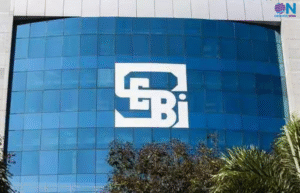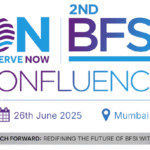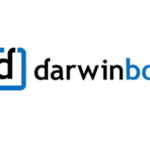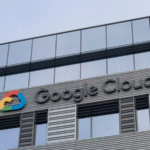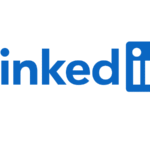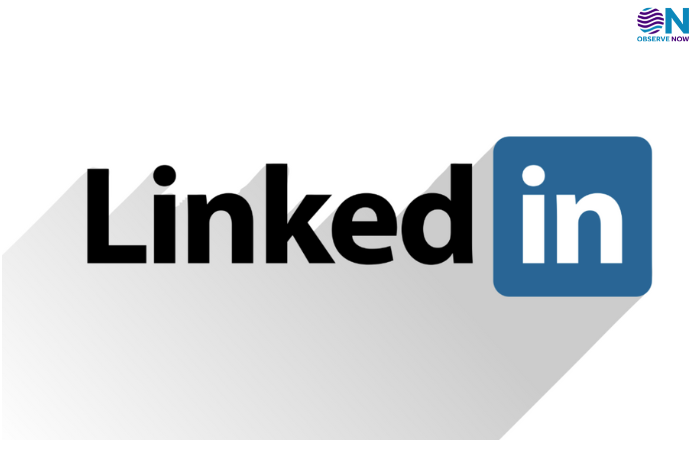Vision to Reality: Ayushman Bharat Health Account (ABHA) Numbers on the Rise, Dr Shafqat Khan shares insights with ObserveNow

New Delhi: The Ayushman Bharat Digital Mission (ABDM) emerges as a transformative force within India’s healthcare landscape, heralding a new era of accessibility and efficiency. Rooted in the vision of ensuring universal health coverage, ABDM leverages digital technologies to bridge gaps and streamline healthcare delivery across the nation.
By harnessing the power of digital platforms, ABDM aims to revolutionize healthcare accessibility, empower patients, and optimize resource utilization. This groundbreaking initiative not only promises to enhance the reach of healthcare services to every corner of the country but also sets a precedent for leveraging technology to address pressing healthcare challenges, ultimately fostering a healthier and more equitable society. In this regard Shivani Babbar, ObserveNow interacted with Dr Shafqat Khan, Additional Mission Director, ABDM.
Here are a few excerpts from the interview:
What fundamental shifts does the Ayushman Bharat Digital Mission (ABDM) introduce to India’s healthcare landscape, particularly in terms of enhancing accessibility and efficiency?
Ayushman Bharat Digital Mission is a flagship Mission of the Government of India launched by the Hon’ble Prime Minister Sh. Narendra Modi with a vision to create a seamless digital platform for the healthcare system focusing on ensuring ease, seamless, and transparent healthcare delivery for a common citizen across the country. It will also guarantee a verified Healthcare environment by mapping all the healthcare professionals and health facilities (Govt/Private) on the ABDM platform. The Unified Health Interface (UHI) shall work on similar lines to the UPI and ensure end-to-end connectivity of various health systems, programs, and health institutions. Locally, there exist several challenges in the Indian healthcare system, as it functions in an inaccessible, fragmented, and Silos. This makes the seamless exchange of health data between different healthcare providers, hospitals, and systems a difficult task. Such impediments hinder effective data-sharing practices with multiple patient profiles existing on different and fragmented databases. The ABDM platform is developed on a federated architecture, which allows interoperability and portability of the personal health records of patients between independent and decentralized information systems. During the development of this system, the security and privacy of patients’ data were prioritized.
How does the implementation of the Ayushman Bharat Health Account (ABHA) Number streamline the aggregation and accessibility of health records, thus fostering better coordination and continuity of care?
ABHA accounts create an authenticated unique health identity on which these consolidated and integrated health records would be maintained for each citizen on a common platform. Dependent on federated and decentralized structures, ABHA accounts are able to integrate patient data existing on different digital health systems and compile them into one user profile. This user profile would contain a variety of health data like Medical Records, Laboratory records, Prescriptions, Ongoing and previous treatments, etc. The entire data shall be in a federated structure in servers across the country and on the cloud platform.
In what ways does the ABDM prioritize addressing systemic inefficiencies and disparities within the healthcare ecosystem, and how do these efforts align with broader healthcare objectives?
Digitization in the Indian health landscape began with the government’s intent and vision of providing quality healthcare using accessible and affordable technology through the National Health Policy in 2017. Improvement in the efficiency and transparency of healthcare data transfer between patients, medical institutions, and healthcare service providers. Patients can securely store all their medical information and documents within the ABDM infrastructure. Patients can share their medical details with the hospitals/doctors easily through the system in just a few clicks on a consent basis.
What innovative strategies does the WhatsApp Assisted Training Chatbot employ to bolster healthcare professionals’ capacity and understanding of the ABDM’s digital infrastructure, ultimately enhancing its implementation and effectiveness?
In many industries, WhatsApp chatbots have become as important and indispensable. The idea of a chatbot for healthcare has been around only for a few months, as the healthcare industry has been relatively slow to pick up the trend and incorporate it into their day-to-day operations.
However, there is no better way to grow your healthcare services than using WhatsApp Training Chatbot. The Whatsapp Chatbot boasts of a user-friendly interface, accessible from anywhere at any time, offering specific modules tailored for professionals and facilities. The users can select their role – doctor, hospital/ clinic, or diagnostic lab representative. Based on the selection, specific learning modules are shared with the users that provide valuable insights into ABDM and its components, thereby facilitating a smooth onboarding process for new members joining the Mission. This shall ensure the building of capacities at various levels for the implementation process.
How do healthcare professionals serve as pivotal agents in the ABDM’s success, both in terms of leveraging the digital tools provided and in ensuring equitable access and delivery of care to all segments of society?
Health Professional Registry (HPR) is a systematic and comprehensive database of all healthcare professionals involved in the delivery of healthcare services in both modern and traditional medical systems. This includes all types of doctors, nurses, paramedics, and other healthcare providers. The HPR is currently registering physicians in Modern medicine, Dentistry, Ayurveda, Unani, Siddha, Sowa-rigpa, and Homoeopathy. Other healthcare professionals will soon be able to register as allied HPR. Signing up for the HPR connects healthcare professionals to a plethora of interoperable, digitally enabled services for the distribution of healthcare activities and service delivery. In accordance with global healthcare standards, the HPR is intended to evolve into a citizen-centric and practitioner-centric platform. The provision of a unique healthcare professional ID will facilitate communication with all stakeholders in the healthcare ecosystem and augment the online presence and discoverability of verified professionals who can facilitate telemedicine in India.
What socio-economic and demographic factors contribute to the notable proliferation of ABHA Numbers, and how do these trends intersect with efforts to improve healthcare accessibility and outcomes?
ABHA is one of the elementary components of the Ayushman Bharat Digital Mission (ABDM) which could help in bridging the health disparities among the people especially underprivileged sections of the population, who, because of their socio-economic and geographical disadvantage have very poor access to health care. However, the intended goals of Ayushman Bharat Health Account (ABHA) can’t be realized until all sections of the population are not made fully aware of the program. The study reveals huge existent knowledge gaps among the underprivileged sections of the population about the Ayushman Bharat Health Account (ABHA) and, hence, emphasizes the need for their early sensitization through the proper dissemination of the necessary information. Once the public is abreast of the pros and cons of digital change in the health sector, they will develop a positive attitude, which can be transformed into practice. Besides this, the digital divide between the various sections of the society ought to be taken care of failing which, healthcare disparity may further worsen, which can thwart the very purpose of the Ayushman Bharat Digital Mission (ABDM). Further, the differential response towards Ayushman Bharat Health Account (ABHA) across the age structure because of the differential e-compatibility calls for necessary interventions so that all the age strata are brought within the ambit of the digital mission.





